Portland justifiably prides itself on blending urban amenities with exceptional access to nature, creating a city where wilderness experiences exist just minutes from downtown coffee shops. While the Columbia River Gorge and Mount Hood grab headlines for weekend excursions, Portland itself contains remarkable trail systems woven throughout its neighborhoods.
Here is a list of 20 fantastic hiking experiences hidden within Portland’s city limits. Each offers a distinctive outdoor adventure without requiring a lengthy drive or elaborate planning.
Forest Park Maple Trail
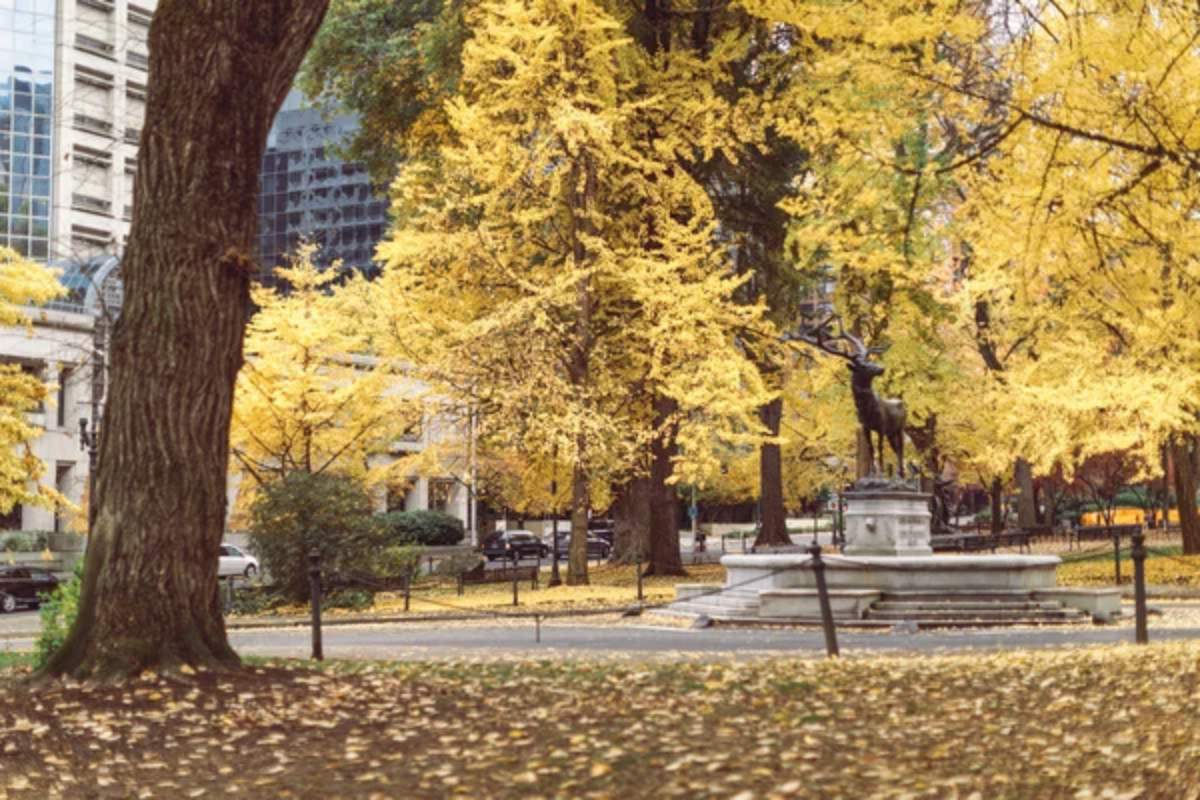
This moderate 3.5-mile loop travels through the heart of one of America’s largest urban forests, showcasing magnificent maple groves that truly dazzle during the autumn months. The trail meanders beneath a mixed deciduous and conifer canopy, providing welcome shade during hot summer days while maintaining enough elevation change to deliver a satisfying workout.
Wildlife sightings frequently include deer, pileated woodpeckers, and the occasional barred owls watching silently from overhead branches.
Powell Butte Nature Park
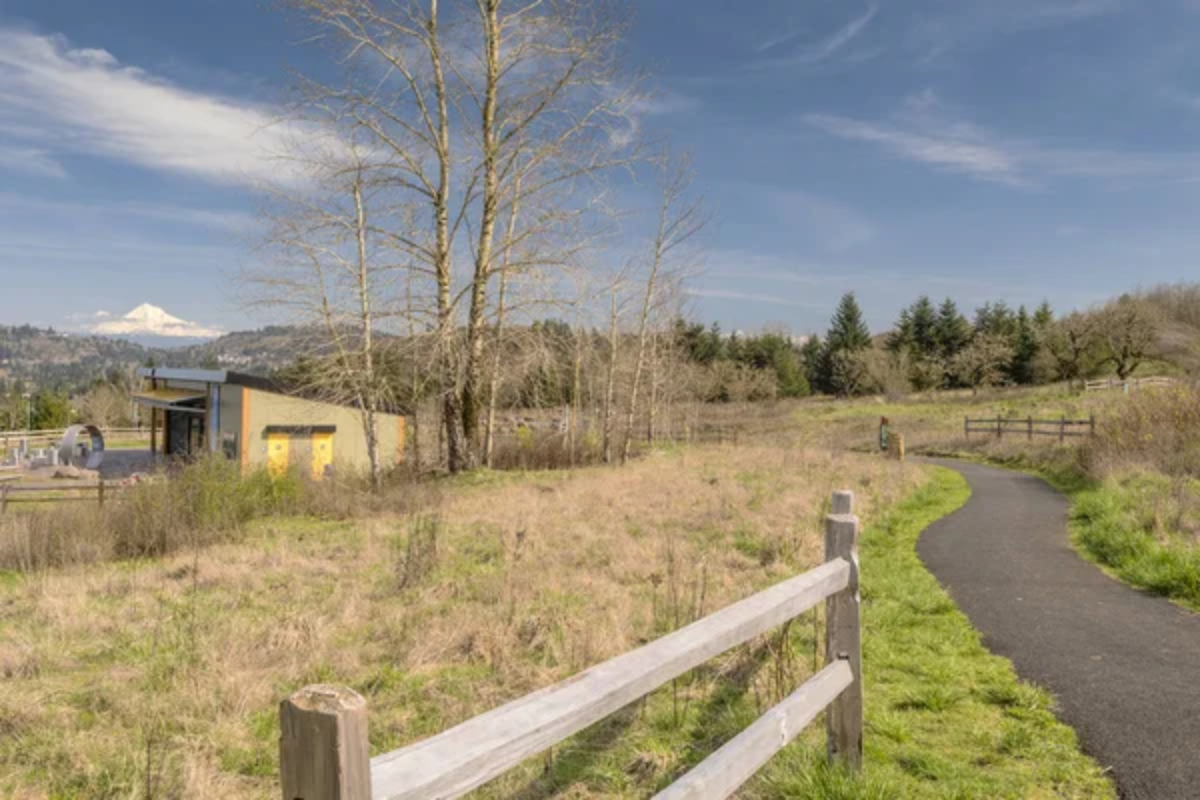
This extinct volcanic cinder cone in East Portland features grassland trails across its summit with spectacular panoramic views encompassing multiple Cascade peaks from Mount Hood to Mount St. Helens. The 4-mile loop through meadows and restored forest areas provides excellent birding opportunities along with interpretive signs explaining the site’s transition from dairy farm to natural area.
Morning hikers often experience remarkable fog effects as valley mist swirls below the summit trails.
Like Travel Pug’s content? Follow us on MSN.
Tryon Creek State Natural Area
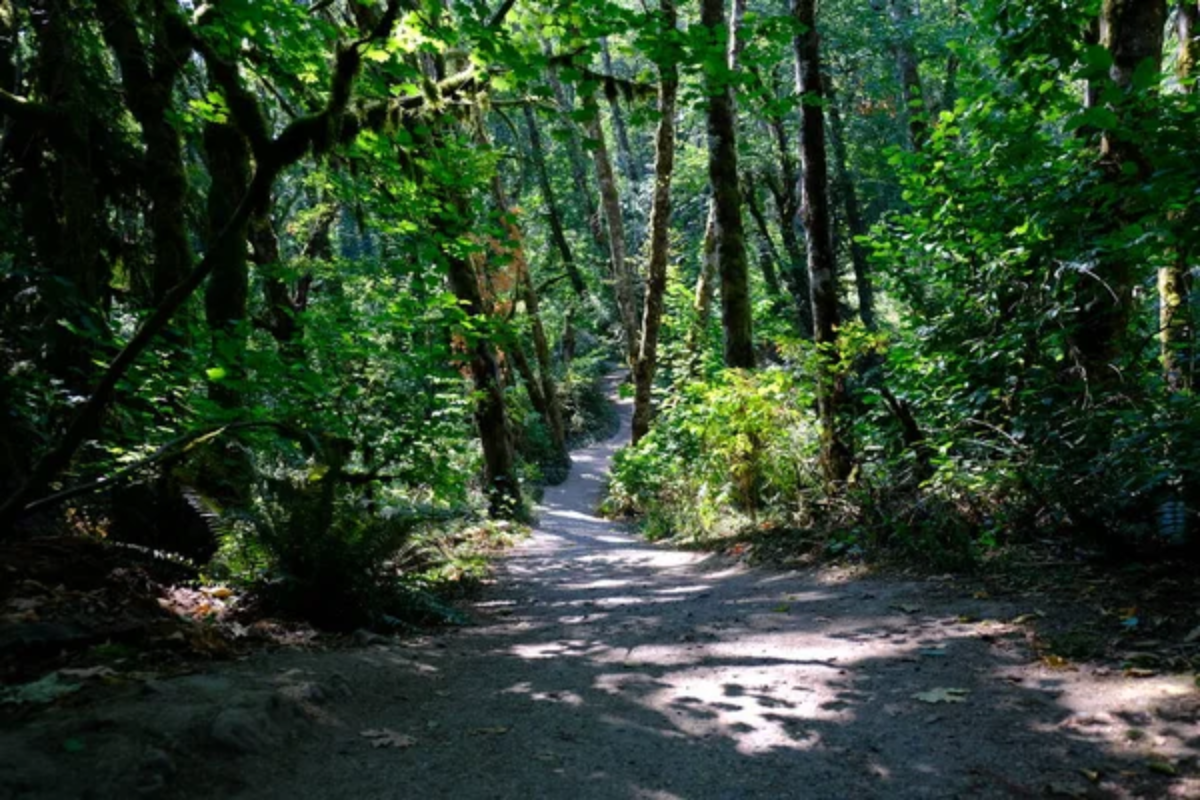
This 658-acre forest sanctuary in Southwest Portland protects a remarkably intact creek watershed through mature second-growth forest. The 3-mile interconnected loop combining the North Horse Trail and Old Main Trail crosses several rustic footbridges where hikers can observe seasonal salmon runs in the fall months.
The park’s extensive trillium displays create carpets of white flowers each spring, while fern-lined paths maintain a cool microclimate during summer heat waves.
Oaks Bottom Wildlife Refuge
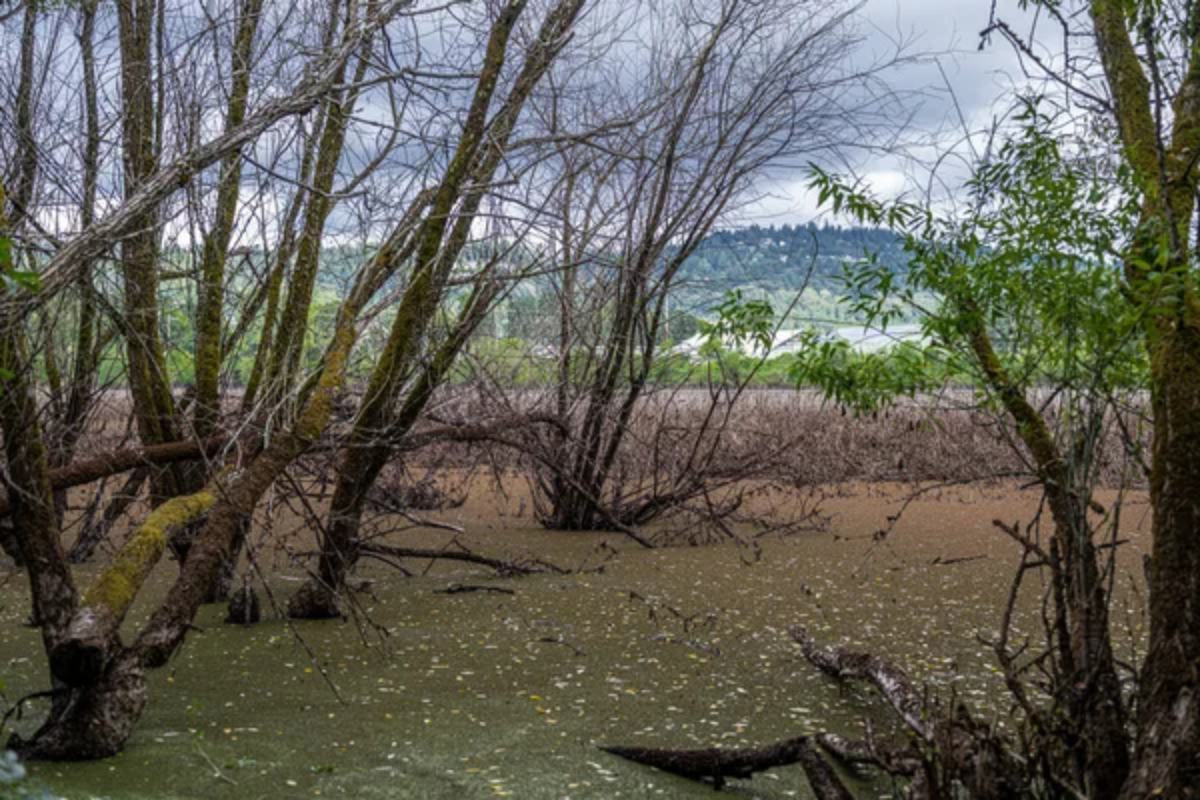
This 141-acre wetland preserve adjacent to the Willamette River creates an unexpected wilderness experience in the shadow of the Sellwood Bridge. The 2.3-mile loop trail skirts marshland where great blue herons, osprey, and numerous waterfowl species feed among restored habitat areas.
The bluff trail section provides elevated views across the wetland complex while interpretive signs explain ongoing restoration efforts that have transformed this former landfill into a critical urban wildlife habitat.
Mount Tabor Park
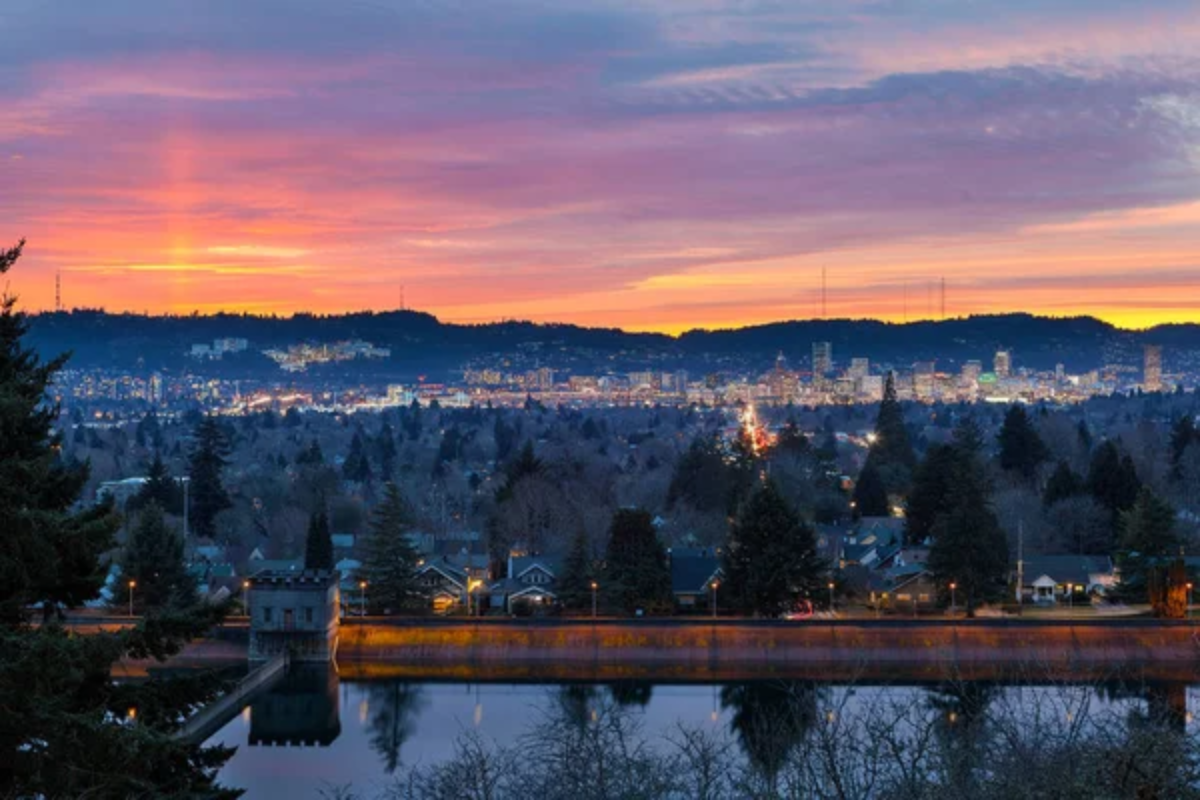
This extinct volcanic cinder cone in Southeast Portland features multiple interconnected trails ascending through Douglas fir forest to summit viewpoints overlooking downtown. The 3-mile perimeter loop passes historic reservoirs while climbing several steep sections that provide effective cardio training despite the relatively short distance.
Evening hikers witness spectacular sunsets from the west-facing viewpoints while morning visitors often have summit areas almost entirely to themselves.
Like Travel Pug’s content? Follow us on MSN.
Marquam Nature Park
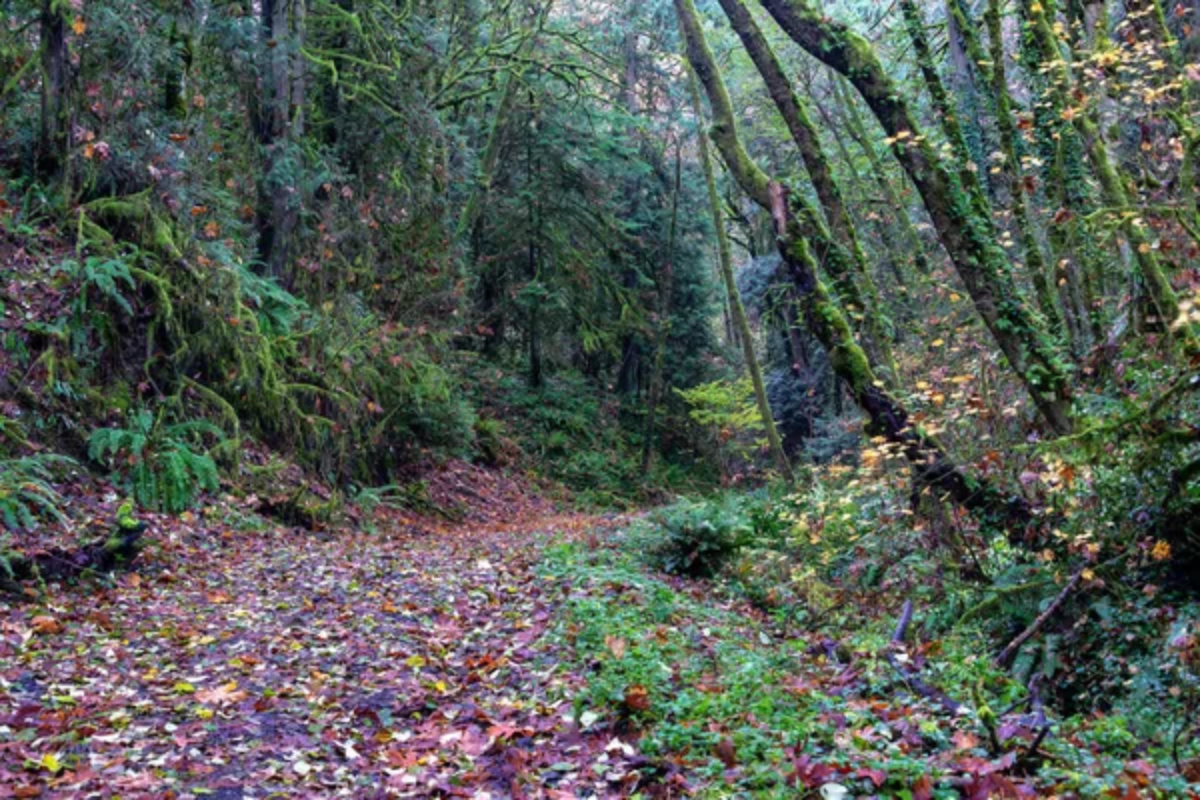
This hidden forest sanctuary tucked behind Oregon Health Sciences University (OHSU) contains over 5 miles of interconnected trails leading to Council Crest, Portland’s highest point. The Marquam Trail forms the backbone of this system, climbing steadily through second-growth forest with seasonal creeks creating background music during the winter and spring months.
Numerous connector trails allow for loops of varying distances while trailside interpretive signs identify native plant species and explain forest ecology.
George Himes Park
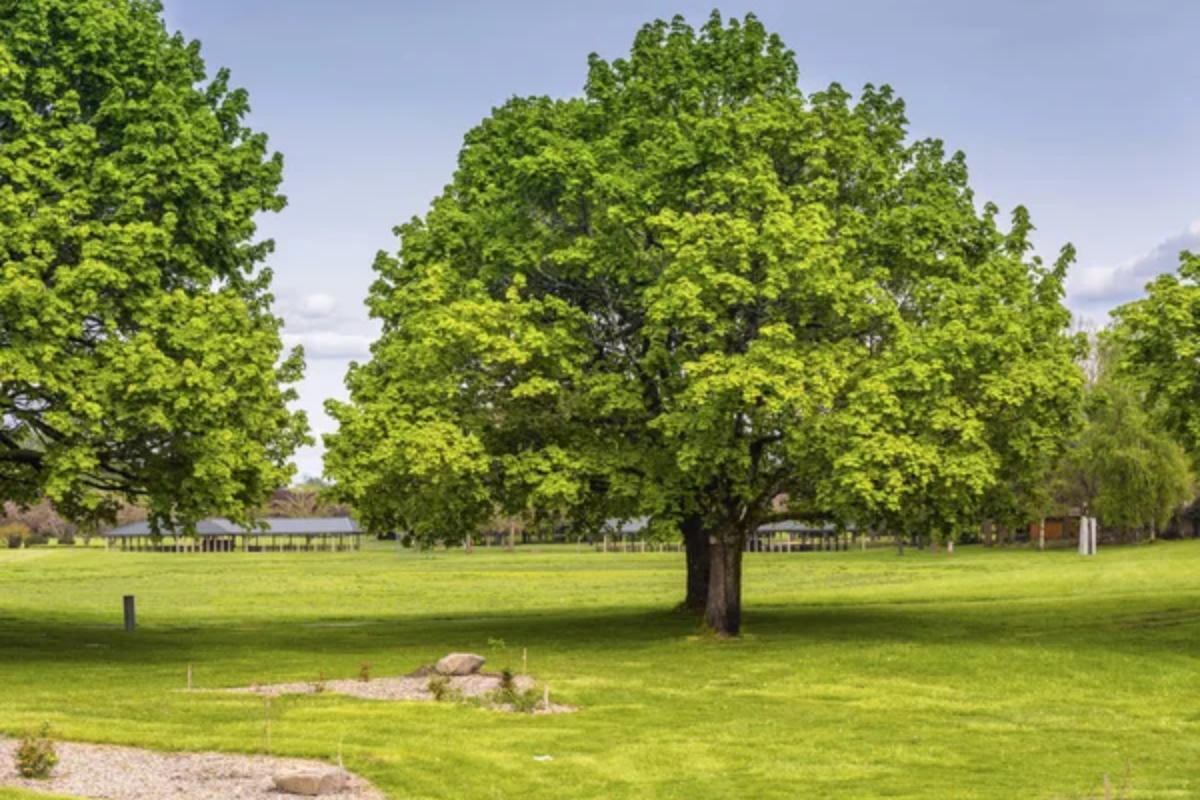
This little-known natural area in Southwest Portland features a 1.5-mile loop trail passing through mature forest with remarkably diverse understory vegetation. The path includes several steep sections with rustic stairs cutting directly uphill, creating an efficient workout despite the relatively short distance.
Strategic gaps in the tree canopy offer glimpses of the Marquam Bridge spanning the Willamette while maintaining a sense of forest immersion throughout most of the hike.
Hoyt Arboretum
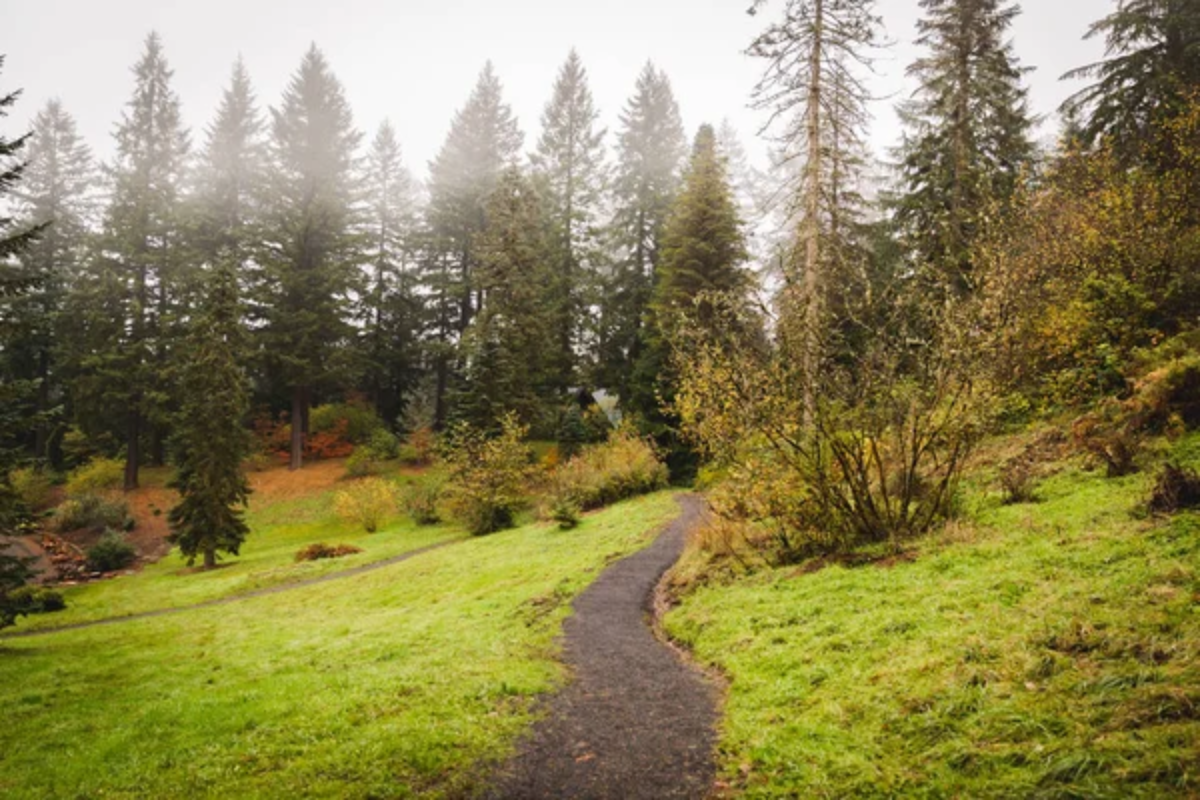
This living museum in the West Hills contains 12 miles of trails passing through collections representing over 2,000 tree and shrub species from around the world. The 1.5-mile Overlook Loop provides an excellent introduction to the arboretum while passing through conifer collections offering year-round color and texture variation.
Seasonal highlights include the winter witch hazel garden, spring magnolia display, and spectacular fall color along Maple Lane.
Like Travel Pug’s content? Follow us on MSN.
Kelly Butte Natural Area
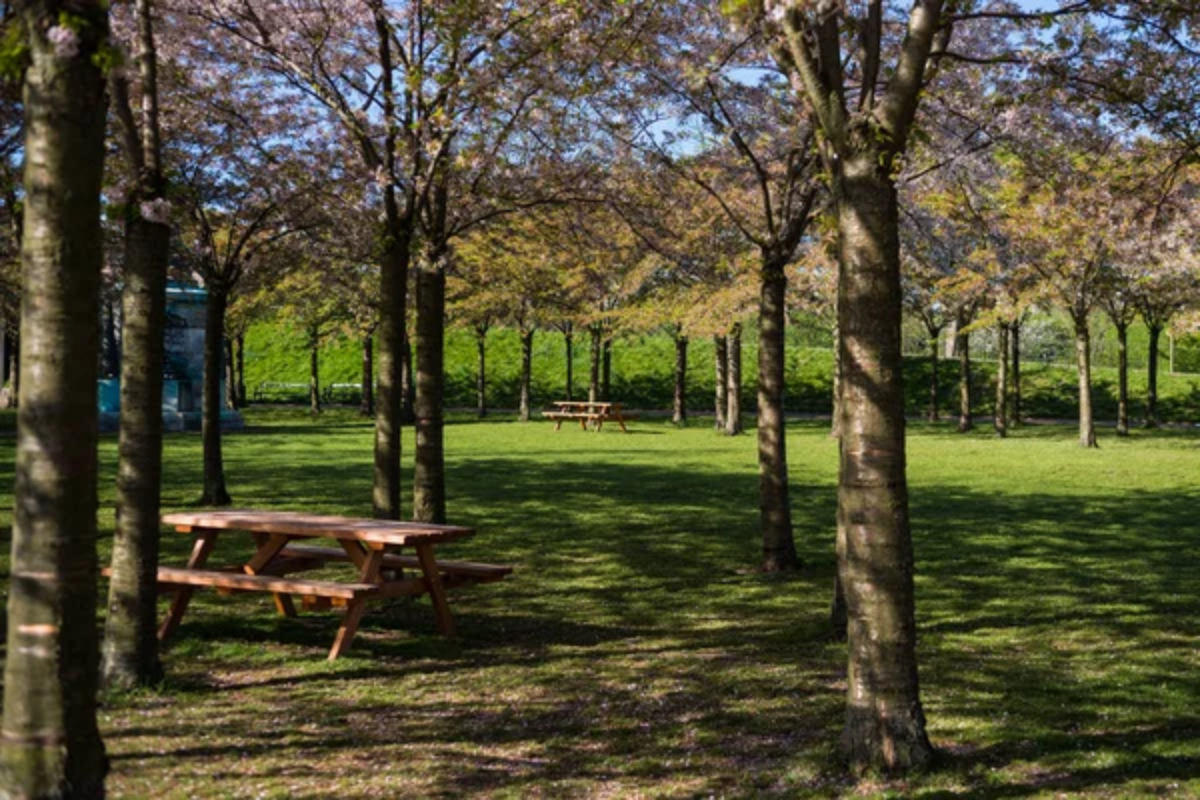
This overlooked East Portland gem features a 1.7-mile trail system reclaiming terrain surrounding a decommissioned civil defense bunker. The forest has gradually enveloped remnants of former structures, creating a fascinating study in urban wilderness reclamation where nature steadily reasserts dominance over abandoned infrastructure.
The main loop offers moderate elevation gain through mixed deciduous forest with seasonal wildflower displays in spring and mushroom hunting opportunities during the fall months.
Leach Botanical Garden

This former private estate in East Portland combines cultivated garden spaces with natural forest trails along Johnson Creek. The 1.5-mile trail system passes through managed collections of rare plants before transitioning to wilder riparian zones along the creek’s edge.
Stone stairs and terrace gardens created by the property’s original owners create distinctive architectural elements throughout the lower garden areas, while upper woodland trails maintain a more natural character.
Rocky Butte Natural Area
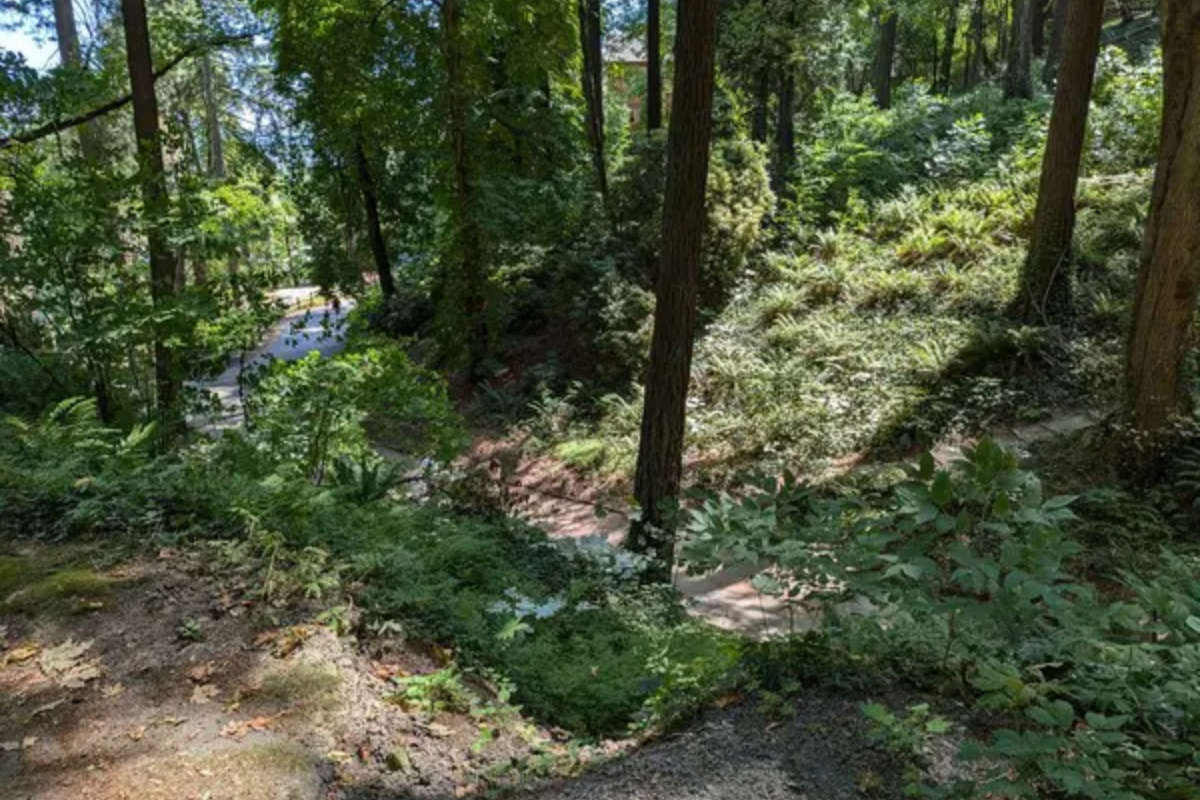
This dramatic volcanic outcrop in Northeast Portland features a network of trails circling beneath cliff faces where technical rock climbers test their skills on weekends. The main loop trail covers approximately 2.5 miles while passing through diverse forest habitats ranging from dense evergreen sections to more open deciduous slopes.
Historic Civilian Conservation Corps stonework appears along sections where massive walls support the summit road accessing Joseph Wood Hill Park atop the butte.
Like Travel Pug’s content? Follow us on MSN.
Marshall Park
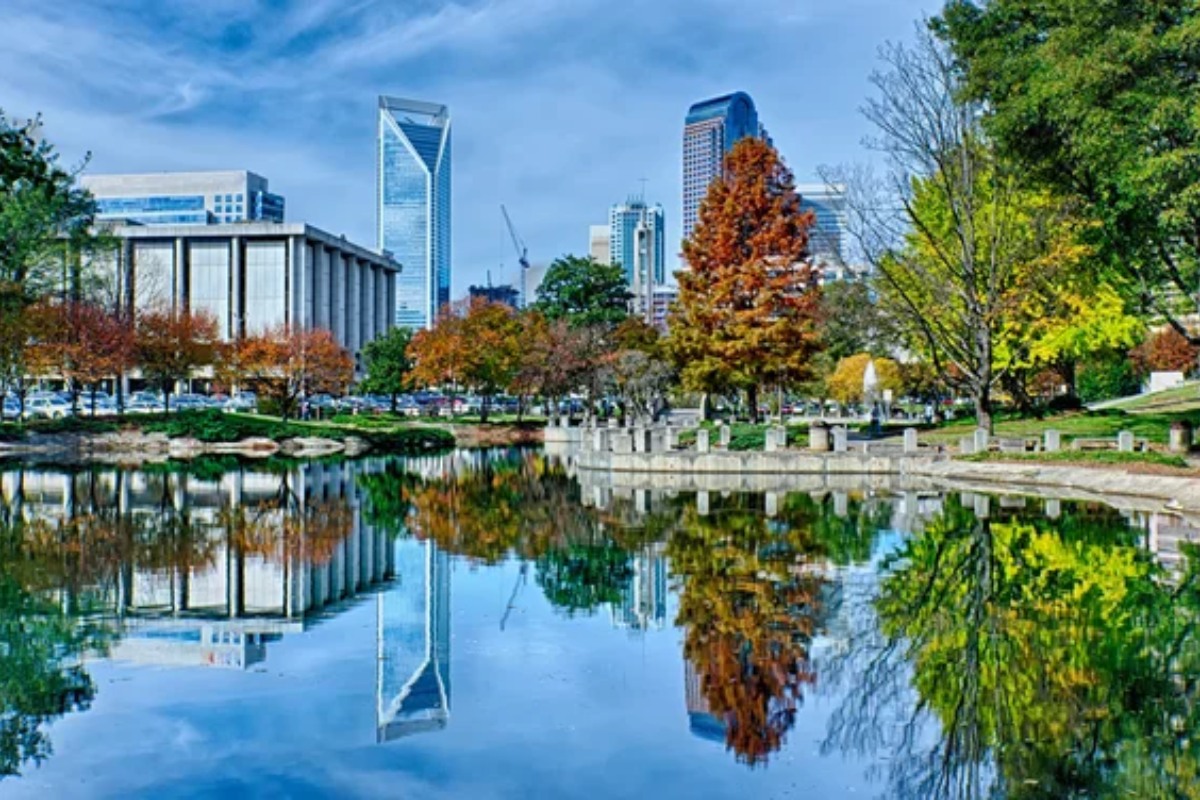
This Southwest Portland ravine protects a significant stretch of Tryon Creek’s headwaters through an intact riparian forest. The 1.9-mile loop trail crosses seasonal tributary streams via rustic footbridges while maintaining enough elevation change to provide an effective workout within a compact wilderness setting.
Nurse logs covered with moss and fungi demonstrate natural forest succession processes while creating unique microhabitats for salamanders and other moisture-loving creatures.
Elk Rock Garden

This stunning river bluff property, maintained by Bishop’s Close Episcopal Diocese, combines cultivated gardens with natural areas featuring native Oregon plants. The mile-long system of garden paths transitions into woodland trails descending toward the Willamette River with spectacular views across the water toward Milwaukie.
Massive oak trees predating European settlement provide habitat for resident birds while framing views of Mount Hood on clear days.
Lesser Park
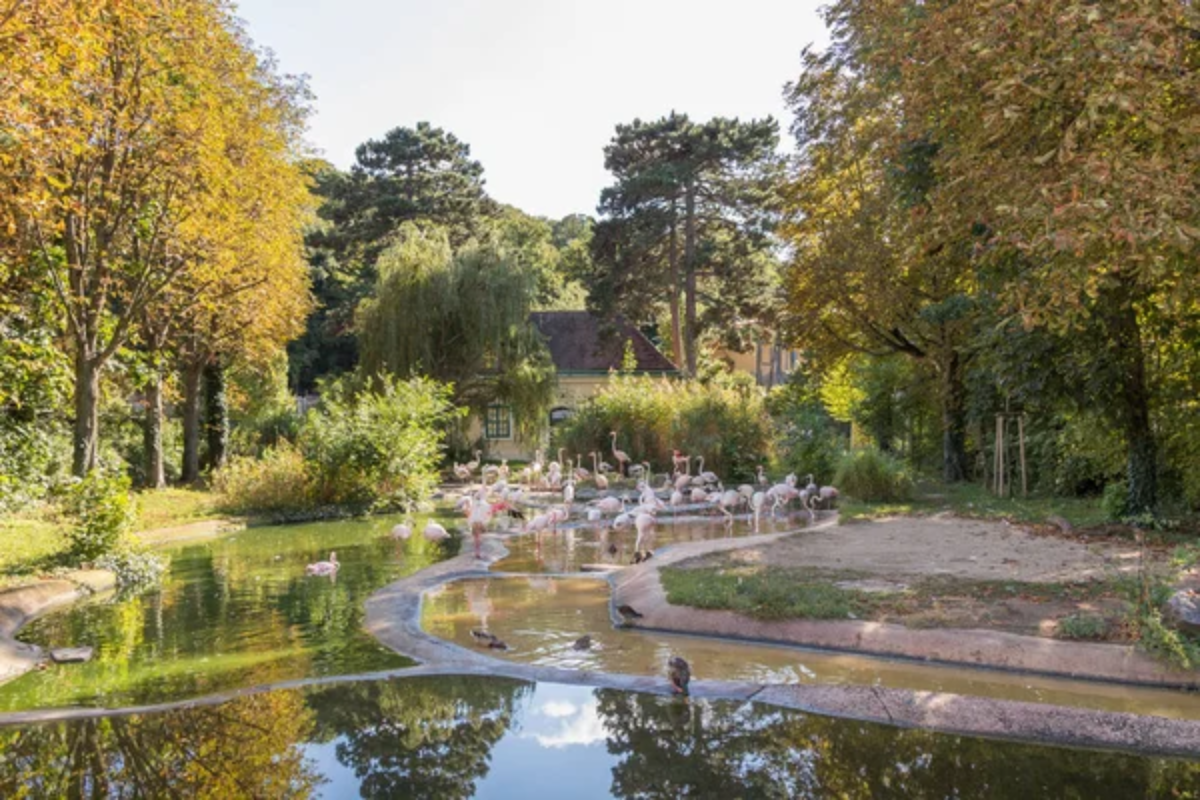
This undeveloped natural area connects to the larger Tryon Creek system, while receiving significantly fewer visitors than its more famous neighbor. The 2-mile network of informal trails passes through mature forest where fallen trees remain in place, creating essential wildlife habitat and demonstration areas for natural forest processes.
Several steep sections challenge hikers while creating distinctive microclimates where moisture-loving plants flourish in protected north-facing slopes.
Like Travel Pug’s content? Follow us on MSN.
Columbia Slough Trail
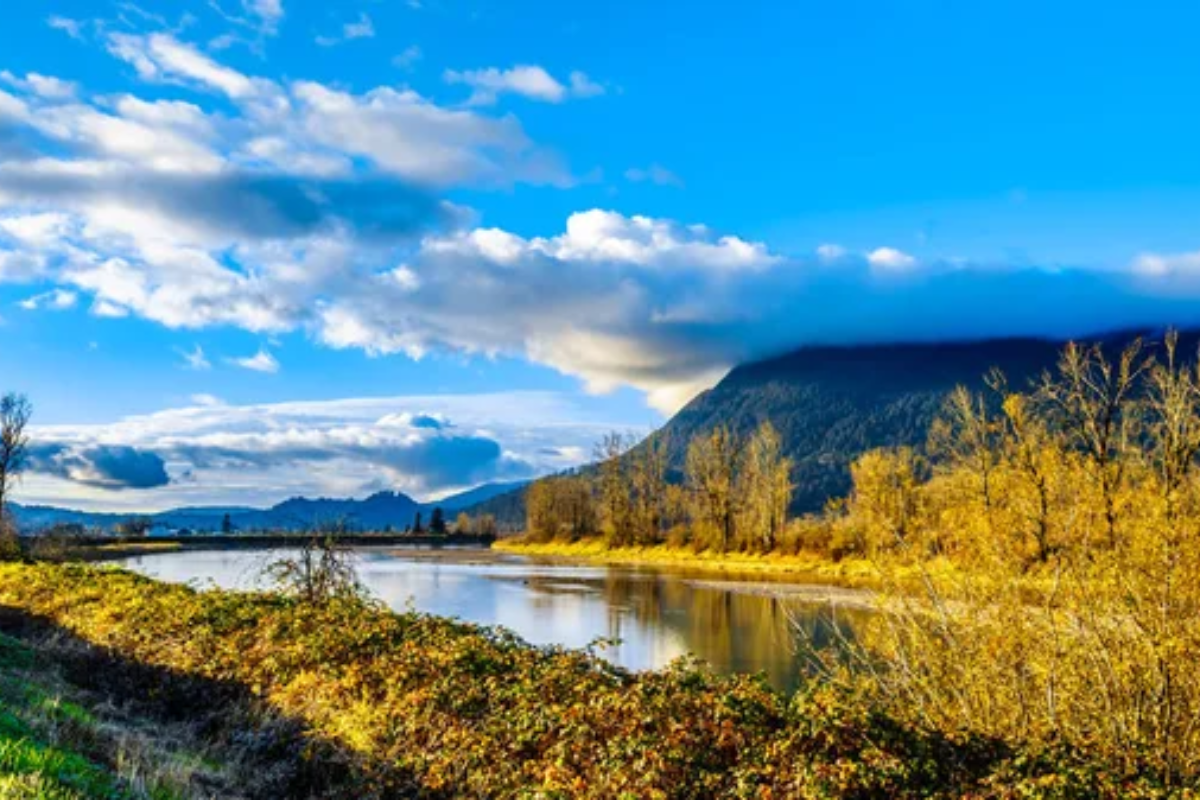
This flat 3-mile trail section follows a historic waterway through North Portland’s industrial area, creating an unexpected nature experience amid urban infrastructure. The paved pathway accommodates both hikers and cyclists while providing excellent birdwatching opportunities along restored wetland edges.
Great blue herons, bald eagles, and osprey hunt along the slough, while interpretive signs explain the watercourse’s historical significance for transportation and industry.
Tideman Johnson Natural Area

This intimate canyon preserve protects a section of Johnson Creek flowing between steep wooded slopes in Southeast Portland. The mile-long main trail follows the stream corridor beneath a canopy of bigleaf maples and western red cedars, creating welcome shade during summer months.
Winter hikers witness the creek’s dramatic flow changes during storm events while massive root systems of streamside trees demonstrate natural erosion control mechanisms.
Keller Woodland
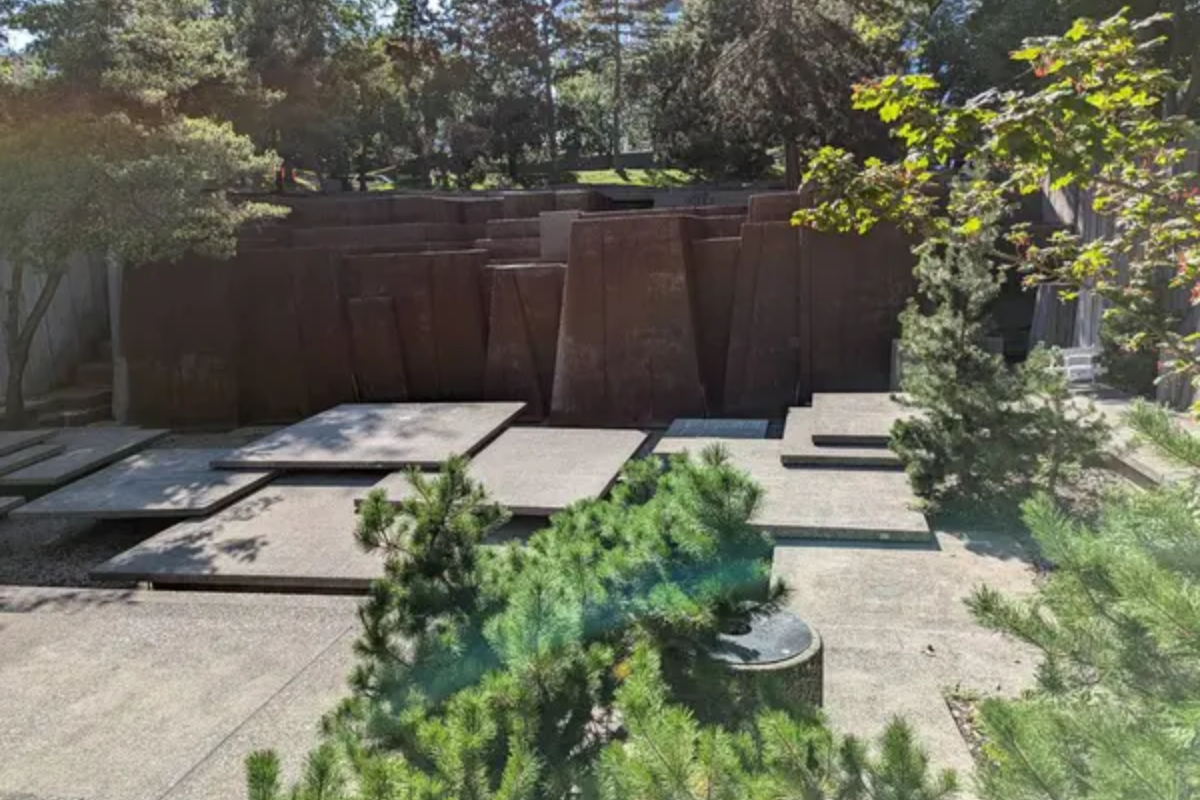
This newly established natural area reclaims former industrial land along the Willamette River near the Steel Bridge, demonstrating urban habitat restoration techniques. The 1.2-mile loop trail incorporates sections of boardwalk crossing restored wetland areas while interpretive signs explain ongoing efforts to reestablish native plant communities.
The intentionally designed trail system showcases various successional stages as formerly developed areas transform back toward more natural conditions.
Like Travel Pug’s content? Follow us on MSN.
River View Natural Area
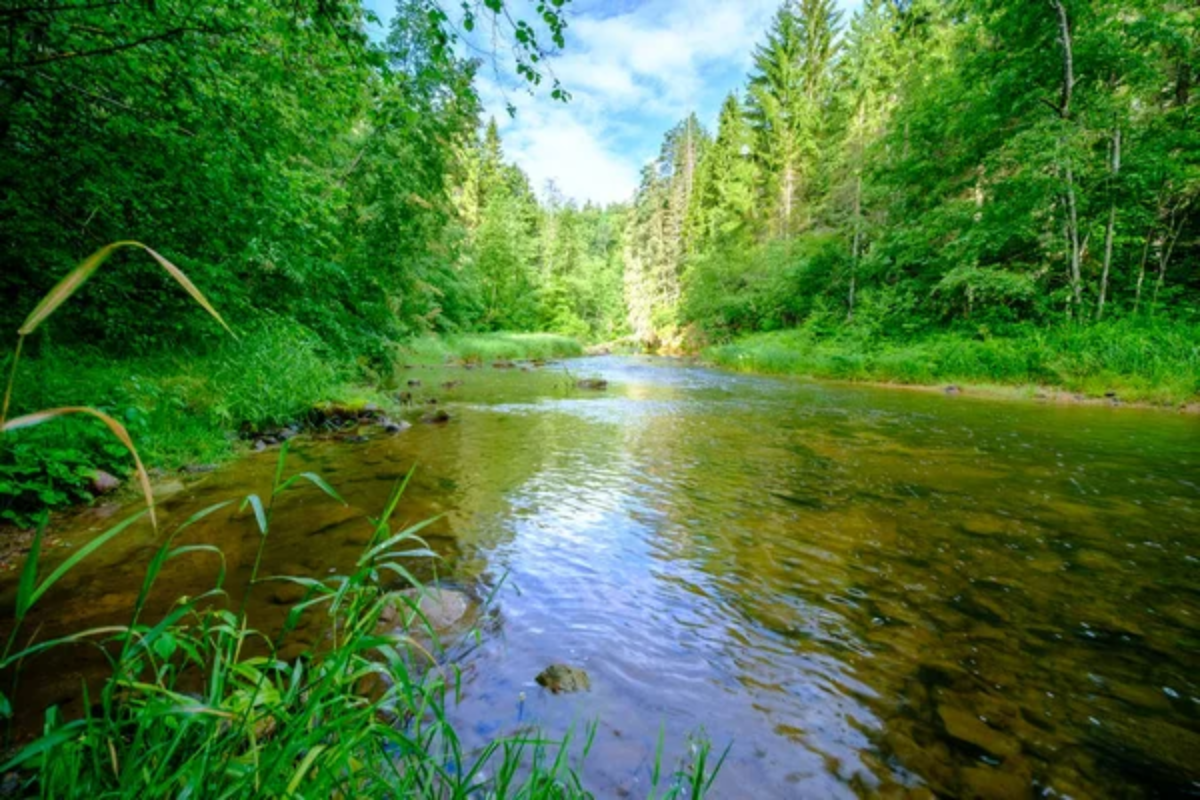
This 146-acre forested canyon in Southwest Portland protects tributaries flowing into the Willamette River through mixed conifer and deciduous forest. The 2.5-mile trail system drops steeply from Palatine Hill Road toward the river, providing challenging climbs on return journeys.
Numerous seeps and springs create year-round water features supporting diverse amphibian populations while fern-lined hillsides demonstrate classic western Oregon forest understory communities.
Wood Stock Park
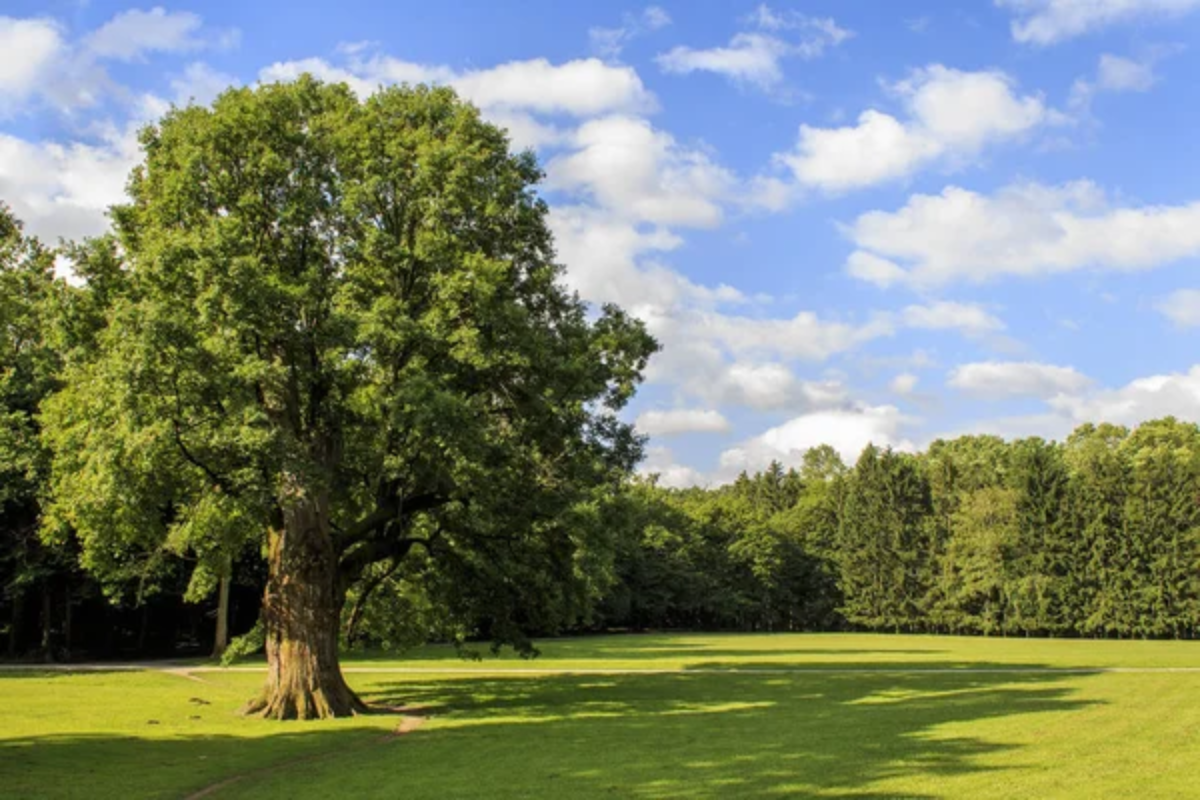
This Southeast Portland neighborhood park contains a surprising 2-mile trail system circling the extinct volcano’s western slope through varied forest settings. Massive Douglas firs dating from early reforestation efforts tower above the trail, while seasonal wildflowers carpet the forest floor during spring months.
The community-maintained path connects to adjacent street systems, allowing longer walking routes incorporating natural areas and historic neighborhoods.
Maricara Natural Area

This 17-acre forest preserve nestled within the Marshall Park neighborhood protects a surprisingly intact native ecosystem within an otherwise developed area. The mile-long loop trail crosses several seasonal streams via simple log bridges while passing through stands of western red cedar and bigleaf maple.
Volunteer stewardship efforts have successfully controlled invasive species, allowing native understory plants, including sword ferns, trillium, and inside-out flowers, to flourish.
Like Travel Pug’s content? Follow us on MSN.
Urban Wild Within Reach
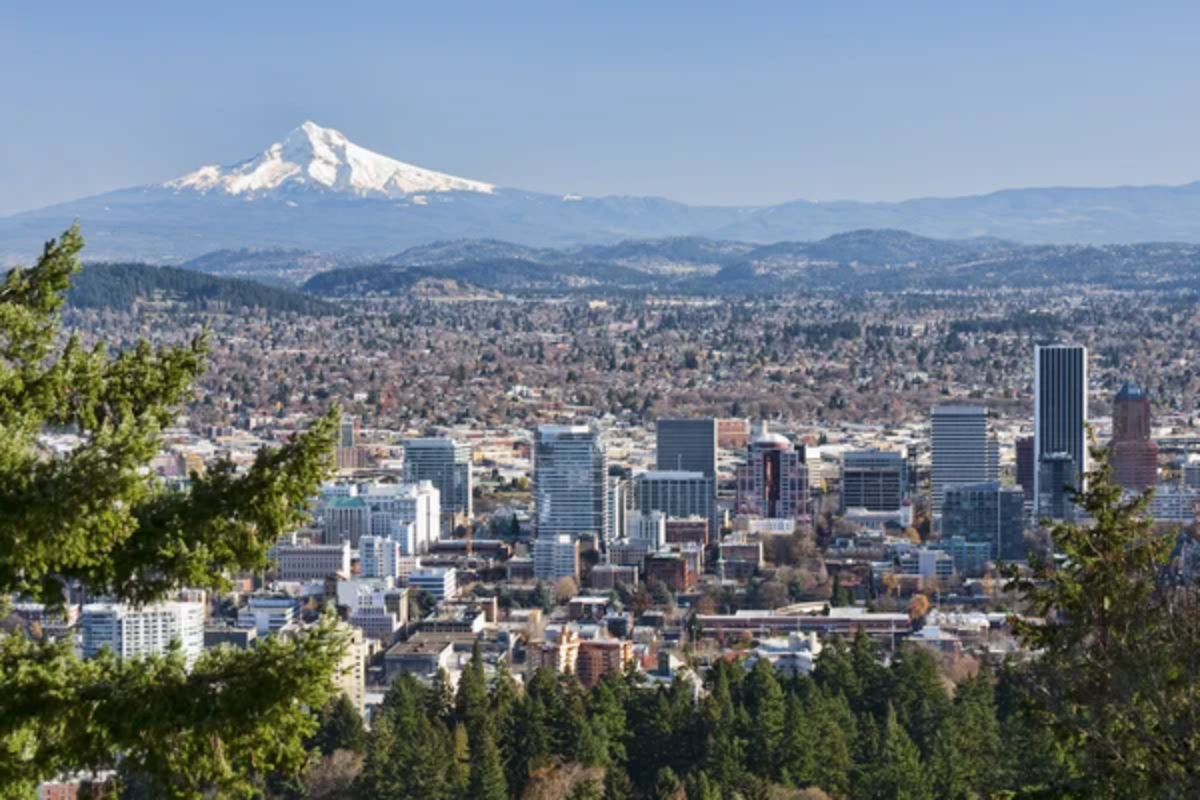
Portland’s remarkable collection of neighborhood natural areas ensures that meaningful nature experiences remain accessible regardless of transportation limitations or time constraints. These pocket wilderness areas provide essential ecosystem services while offering residents opportunities to experience nature’s benefits without leaving the city.
Whether you have fifteen minutes or several hours, these urban trails deliver authentic outdoor experiences just minutes from Portland’s bustling urban centers. They perfectly capture the city’s commitment to balancing development with nature preservation.
More from Travel Pug

- Cities Growing so Fast You Won’t Recognize Them in 10 Years
- 13 Destinations Where Tourists Regularly Regret Their Trip
- 16 U.S. Cities That Are Quietly Becoming Travel Hotspots
- Where to Travel If You Love Long Bus Rides and Daydreams
- 20 Cities Perfect for Solo Travelers Who Crave Adventure & Culture
Like Travel Pug’s content? Follow us on MSN.
